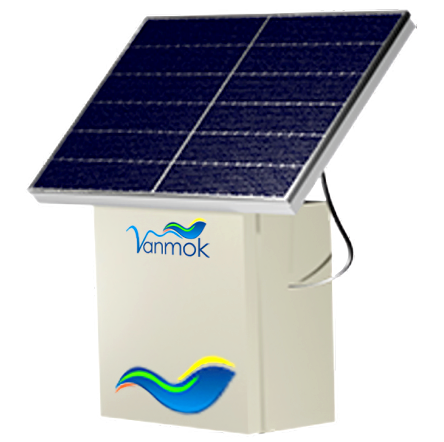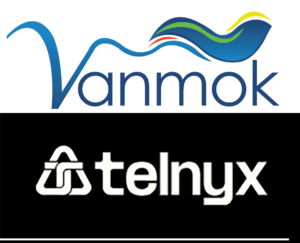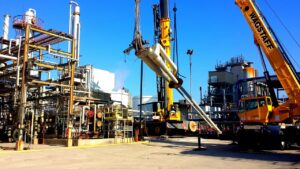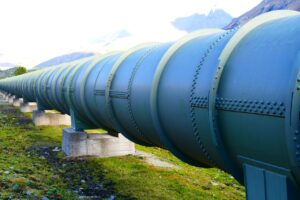Pipeline safety has long been a crucial concern in the oil and gas industry, but the methods and technologies used to ensure it are continually evolving. Traditionally long distance pipelines are monitored by CPM software using SCADA data in control room. It is still done the same way for the long pipelines. However for short pipelines, the leak detection traditionally relied on manual right of way patrol, air patrol.
These methods, though effective for their time, often led to delays in leak detection, which could result in environmental damage and potential safety hazards.
In response to these challenges, we have turned to IoT to harness the instruments data, cloud-based solutions for short pipelines that leverage the power of artificial intelligence (AI) and data analytics to transform pipeline safety practices. This transition not only marks a significant technological advancement but also highlights our commitment to enhancing safety measures while reducing environmental impact.
The adoption of AI and cloud-based technologies in pipeline monitoring not only improves the accuracy of leak detection but also enables us to manage pipeline integrity more proactively. By integrating these technologies, we are able to monitor vast pipeline networks in real time, predict potential problem areas, and address issues before they escalate. This proactive approach is reshaping how we think about pipeline safety and maintenance, setting new standards in the industry and paving the way for even more innovative solutions in the future.
The Evolution of Pipeline Safety: From Manual to Cloud-Based Monitoring for short pipeline networks
The journey from manual to cloud-based monitoring in pipeline safety marks a significant evolution in how we manage and protect our oil and gas infrastructures. The traditional methods to detecting leaks required extensive manpower and were not always effective in real-time detection or preventative measures. However, the shift towards cloud-based technologies has revolutionized this process.
Leveraging cloud platforms allows us to monitor pipeline systems from anywhere in real time. This means immediate updates and data-driven insights into pipeline performance, far surpassing the capabilities of former manual methods. This technology not only brings efficiency but also reduces the human error factor, which is crucial for maintaining the integrity and safety of pipelines.
Advancements in AI: Driving the Future of Leak Detection
The integration of artificial intelligence (AI) in leak detection significantly drives advancements in pipeline technology. AI enhances cloud-based leak detection systems with the ability to analyze large amounts of data quickly and accurately. We use sophisticated algorithms that learn from data to predict potential leaks before they become critical issues.
This capability of AI to provide predictive analytics is transformative. Our systems can detect subtle pressure changes and anomalies that human operators might overlook and alert our team before any environmental harm or safety risks occur. Additionally, the continuous learning aspect of AI means that our system’s accuracy and efficiency improve over time. This proactive approach to pipeline monitoring underscores a shift towards more predictive maintenance, gearing the industry towards preventive rather than reactive strategies.
Comparative Analysis: Traditional vs. Cloud-Based Leak Detection Systems
The differences and advantages become starkly apparent when we look at traditional leak detection systems versus our current cloud-based technologies. Traditional methods largely relied on physical spot checks and basic sensors that would trigger alarms when certain thresholds were crossed. While functional, these systems could not provide in-depth analysis or real-time data, leading to slower response times and often, consequence management rather than prevention.
Our cloud-based leak detection systems, on the other hand, utilize real-time data acquisition and advanced analytics to monitor pipeline integrity continuously. This approach not only speeds up the detection of potential leaks but also enhances the accuracy, thereby reducing false alarms and unnecessary inspections. With cloud technology, data from various points is integrated and analyzed instantly, allowing us to make informed decisions quickly and maintain high safety standards efficiently.
Predicting the Next Big Things in Pipeline Safety Technology
As we advance further into the future, the potential for new technologies to enhance pipeline safety is immense. We anticipate significant developments in the integration of more advanced AI algorithms, further enhancing predictive capabilities. This evolution will likely bring about smarter, more autonomous systems capable of self-diagnosing and even rectifying certain small anomalies without human intervention.
Additionally, the future could see the incorporation of Internet of Things (IoT) devices across pipelines, providing even more data points for our cloud-based systems to analyze. These advancements could lead to a scenario where pipeline systems are not only monitored remotely but are also entirely self-regulating, driven by continuous feedback loops between sensors and AI-operated control systems. This would mark a monumental leap in our ability to safeguard environmental and human health, ensuring even more reliable energy transportation.
Conclusion
The progression from traditional to cloud-based leak detection systems represents more than just a technological upgrade; it epitomizes a shift towards more sustainable, safer, and efficient industry practices. By leveraging advanced data analytics and artificial intelligence, we are setting new standards in the oil and gas sector, not just meeting current safety requirements but advancing towards preemptive operational safety measures.
In embracing these leak detection technologies, we continue to commit to our mission of enhancing pipeline integrity and protecting the environment from potential hazards. For those interested in seeing how this technology could be integrated into their operations or learning more about the benefits, we encourage reaching out to us. Discover more about how our solutions at Vanmok are paving the way for a safer and more efficient future.













